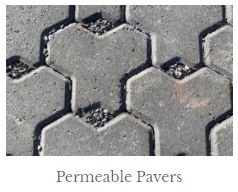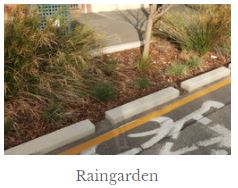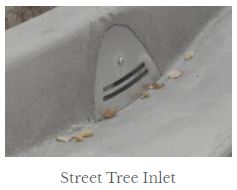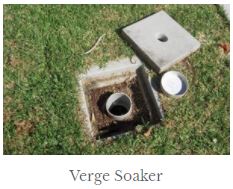Water Sensitive Urban Design (WSUD)
In the Town of Walkerville, we are installing more water smart solutions in our parks, streets and roads. In line with our Urban Forest Strategy, this will create cooler, greener and more sustainable places for us to live, visit and enjoy.
What is Water Sensitive Urban Design?
Water Sensitive SA best describe Water Sensitive Urban Design as "promoting the sustainable use and re-use of water in urban areas and buildings. This type of design integrates the total water cycle and water from all sources – including rainwater, storm water, groundwater, mains water and waste water – into urban development and building processes".
WSUD measures and tools can be applied to residential, commercial and industrial developments and buildings. They range from the storage, treatment and use of run-off to water-efficient landscaping. WSUD can help communities achieve greater water sustainability and become more pleasant places to live and work.
Learn more about different types of WSUDs by clicking on the below tiles and find out how you can be more water smart in your home with our regional climate partner Resilient East.
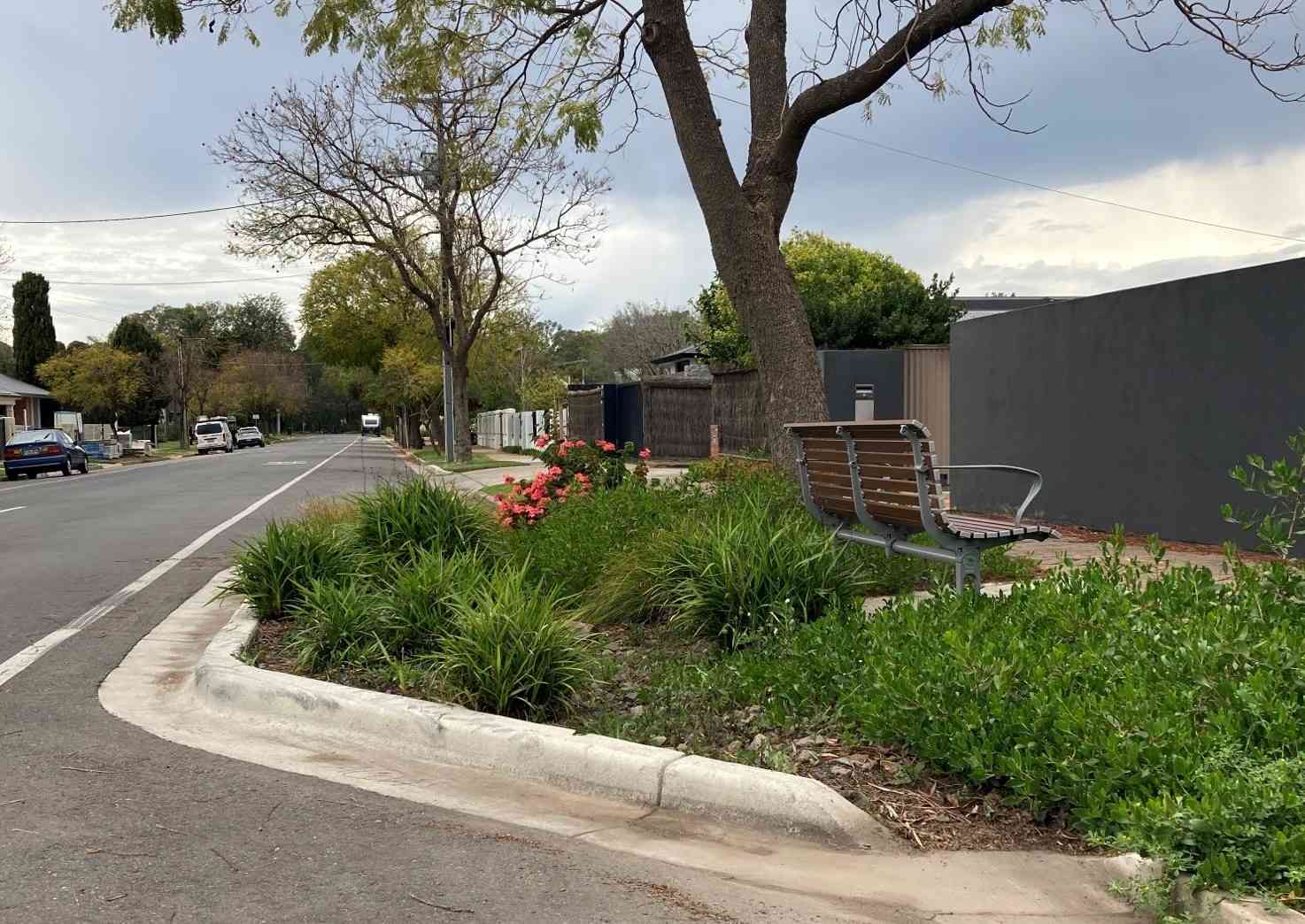
Water smart campaign
The Town of Walkerville is working together with Resilient East, Water Sensitive SA and Green Adelaide to help ensure our Town is more climate ready.
As part of this, we are running a water smart campaign. As you are out and about over spring, look out for our new interactive signage on "Thirsty (Permeable) Pavers", "Raingardens", "Street Tree Inlets" and "Verge Soakers" – you will be able to see them in action!
Council has raingardens on Lansdowne Terrace (pictured below), Walkerville Terrace and Gilbert Street!
Take a look at the video below on how raingardens work.
Herbert Street WSUD project
Herbert Street in Medindie was upgraded for road, kerb and footpath renewal in June 2020. As part of the construction, a number of WSUD elements were used, including Verge Soakers (also known as B-pods) and Street Tree Inlets (also known as Treenets).
Verge Soakers (also known as B-Pods) are small-scale, sub-surface retention systems, which are placed in a number of locations within the street to capture stormwater. These systems are designed to deliver water to soil and trees via infiltration, as well as reducing the speed and peak volumes of stormwater flowing to Council’s stormwater system. The current design collects household roof runoff and transfers it into underground storage crates within the street verge, referred to as B-Pods, which then infiltrates into the surrounding soil profile, with any overflow discharged to the street. The system has no visible infrastructure except inspection pits. The design was originally used by the City of Burnside, which provided input and advice into Walkerville’s system.
Street Tree Inlets (also known as TreeNets) are designed to direct stormwater from roads into what is often the driest zone in the urban environment – the “nature strip”. Treenet inlets provide water via soakage devices in the nature strip and guides root growth to these zones, which in turn reduces root damage to kerbs and footpaths. Council implemented these in a number of different areas across the Township, including Herbert Street.
Visit the Resilient East website to find out how you can be more water smart too.

